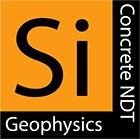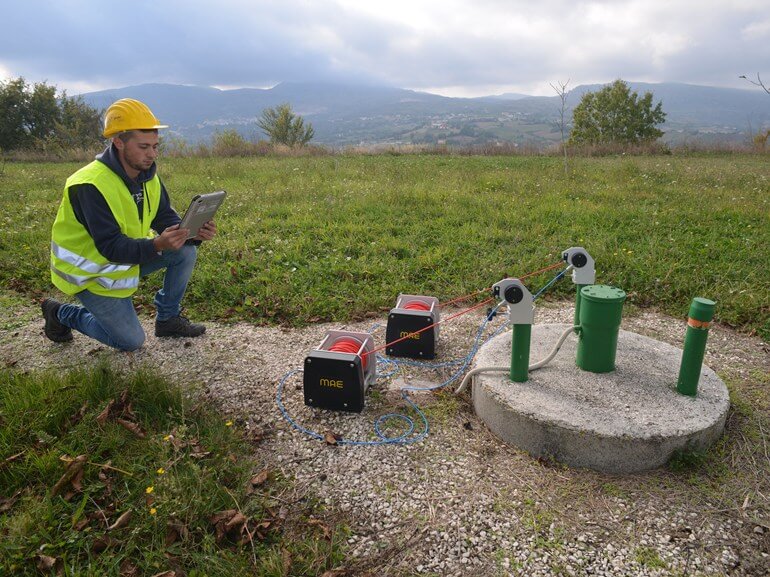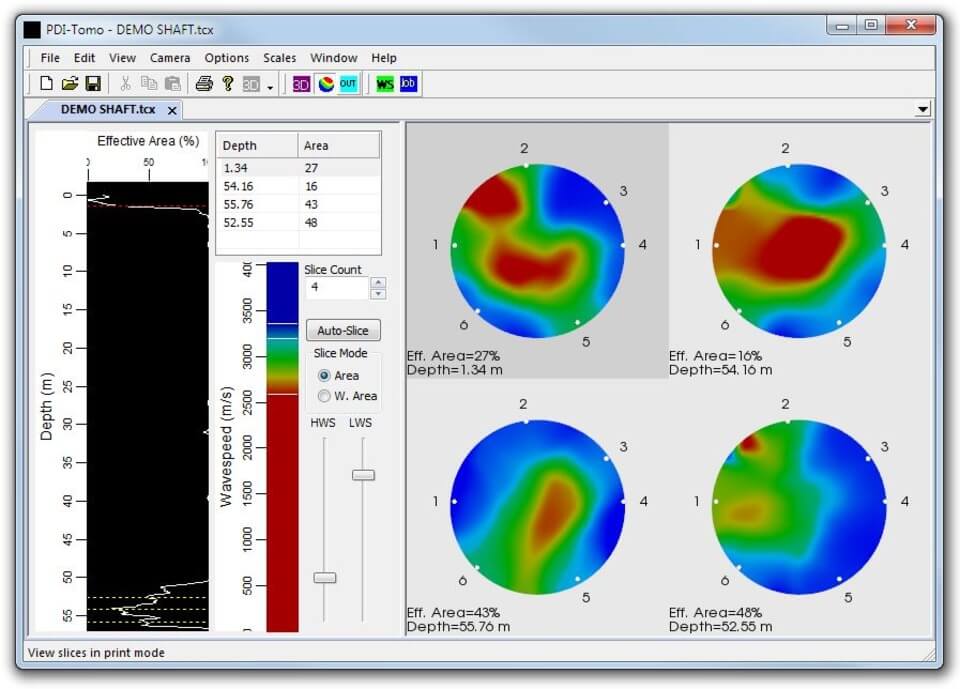In a case of detailed defect definition requirements, Crosshole Tomography may be used to supplement Crosshole sonic logging for characterising and locating the defect, size, shape and depth extent of an anomaly. Such is used by combining multiple CSL datasets collected at different source-receiver height offsets to generate either 2D image slice of the material between a pair of access tubes in a shaft or by creating 3D image model of the interior of the shaft concrete, hence accurate diagnosis of defects and planning remediation.
Benefits
- Asses that pile is sound and free of defects including
- Accurately characterize of defect, depth and lateral location
- Necking and bulbing
- Detect Cracks, Voids, Porosity
- Soil intrusions, bore caving, sand lenses
- Detect uncured or weak concrete
Method
In accordance to ASTM D6760-02, “Standard Test Method for Integrity Testing of Concrete Deep Foundations by Ultrasonic Crosshole Testing” we conduct the CSL method in access tubes (steel or PVC) of 1.5-inch I.D. or greater which are tied to the rebar cage and pre-cast into the shaft at the time of construction.
CSL test relies on propagation of ultrasonic waves between two or more access tubes to measure the velocity and signal strength (amplitude) of the propagated waves. Alternatively, the test could also be conducted through post-casting drilled core holes aligned in geometry as the test holes.
Single-Hole Sonic Logging (SSL) can also be used on smaller diameter drilled mini-piles and auger cast piles. The single hole sonic logging




